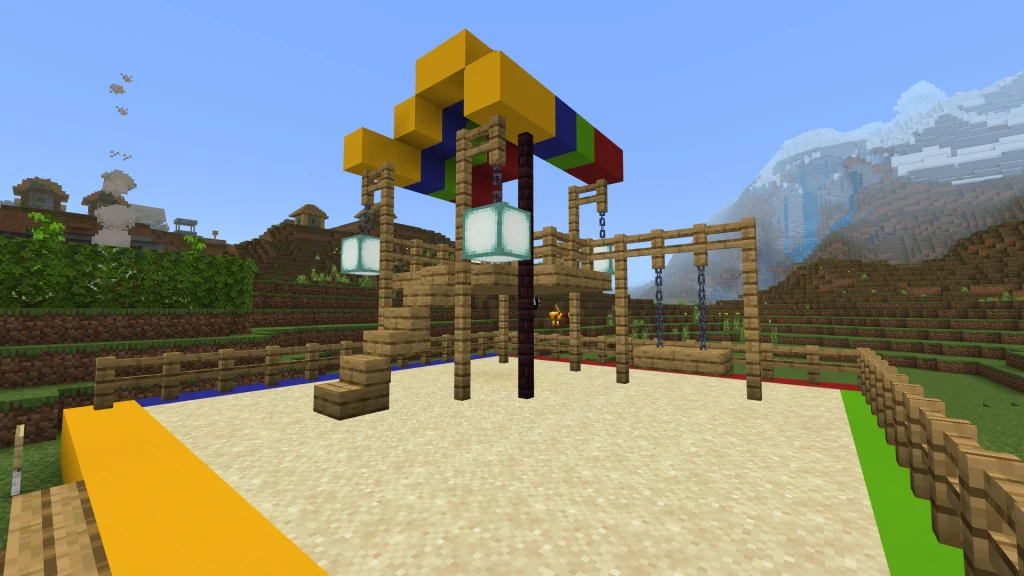
What is Human Centered Design?
Human-Centered Design (HCD) is a design approach that prioritizes the needs, desires, and limitations of end-users at every stage of the design process. It involves three main stages: Inspiration, Ideation, and Implementation.
Why is Human Centered Design important for kids to practice?
Human-Centered Design (HCD) is essential in today’s world as it fosters innovation and problem-solving by prioritizing the needs, experiences, and challenges of real people. In a rapidly evolving technological landscape, HCD ensures that products, services, and systems are not only functional but also accessible, inclusive, and user-friendly. By cultivating empathy, creativity, and iterative thinking, HCD equips individuals with the skills to address complex social, economic, and environmental issues effectively. Learning HCD empowers people to create solutions that genuinely improve lives, fostering a more equitable and sustainable future.
The Activity
This is a great activity students can do with their parents/family that requires them to use Human-Centered Design (HCD) principles to create a community park in Minecraft that meets the needs and desires of their virtual community. This activity will teach students how to empathize with users, brainstorm creative solutions, prototype ideas, and iterate based on feedback.
Materials Needed:
- Access to Minecraft (Java Edition or Bedrock Edition)
- Notebooks or digital note-taking tools
- Drawing materials (optional)
Inspiration Stage
Step 1: Understand the Users
Discuss with family members and, if possible, friends or extended family about what they enjoy in a community park. Questions to ask might include (Make sure to take some notes on the answers you get):
- What activities do you enjoy in a park?
- What features make a park accessible and enjoyable for you?
- Are there any specific facilities or spaces you would like to have?
- Is there anything about parks that you find frustrating that make the experience less enjoyable?
If possible, go to a park and observe people using it. Take some notes on what you observe. Consider the things below:
- What activities are people participating in?
- Where are people having the most fun? What are they doing?
- Are there some parts of the park that are not used? Why do you think that is?
Step 2: Define the Problem
Begin by looking at your notes from your observations and interviews.
- Is there anything that sticks out to you?
- What do you think a park must have?
- Are there problems with current parks based on your observations and interviews?
Summarize the gathered insights and define a clear problem statement.
For example: “Our community park needs to provide recreational activities for all ages and abilities, with spaces for relaxation, play, and social interaction.”
Ideation Stage
Step 3: Brainstorm Ideas
Conduct a brainstorming session with parents to generate a wide range of ideas for the park, encouraging creativity and out-of-the-box thinking.
Ideas might include playgrounds, walking trails, picnic areas, sports fields, gardens, and accessible features like ramps and sensory paths.
Step 4: Develop Concepts
Sketch or digitally design concepts for different park features.
Present ideas to family and gather their feedback and suggestions.
Implementation Stage
Step 5: Create Prototypes in Minecraft
Build different parts of the park in Minecraft based on the developed concepts, with the help of parents.
Experiment with different designs and layouts in Minecraft’s creative mode.
Step 6: Test and Gather Feedback
Once the park is built, invite family members and friends to explore and use the park in Minecraft.
Gather feedback by asking questions such as:
What do you like about the park?
Are there any areas that could be improved?
How accessible and enjoyable is the park for everyone?
Iteration
Step 7: Refine the Park
Based on the feedback, make necessary adjustments and improvements to the park design.
Iterate on the designs, ensuring the park meets the needs and desires of the virtual community.
Conclusion and Reflection
Step 8: Present the Final Park
Present the final park design to family and friends, explaining how HCD principles were used throughout the process.

Comments on this entry are closed.